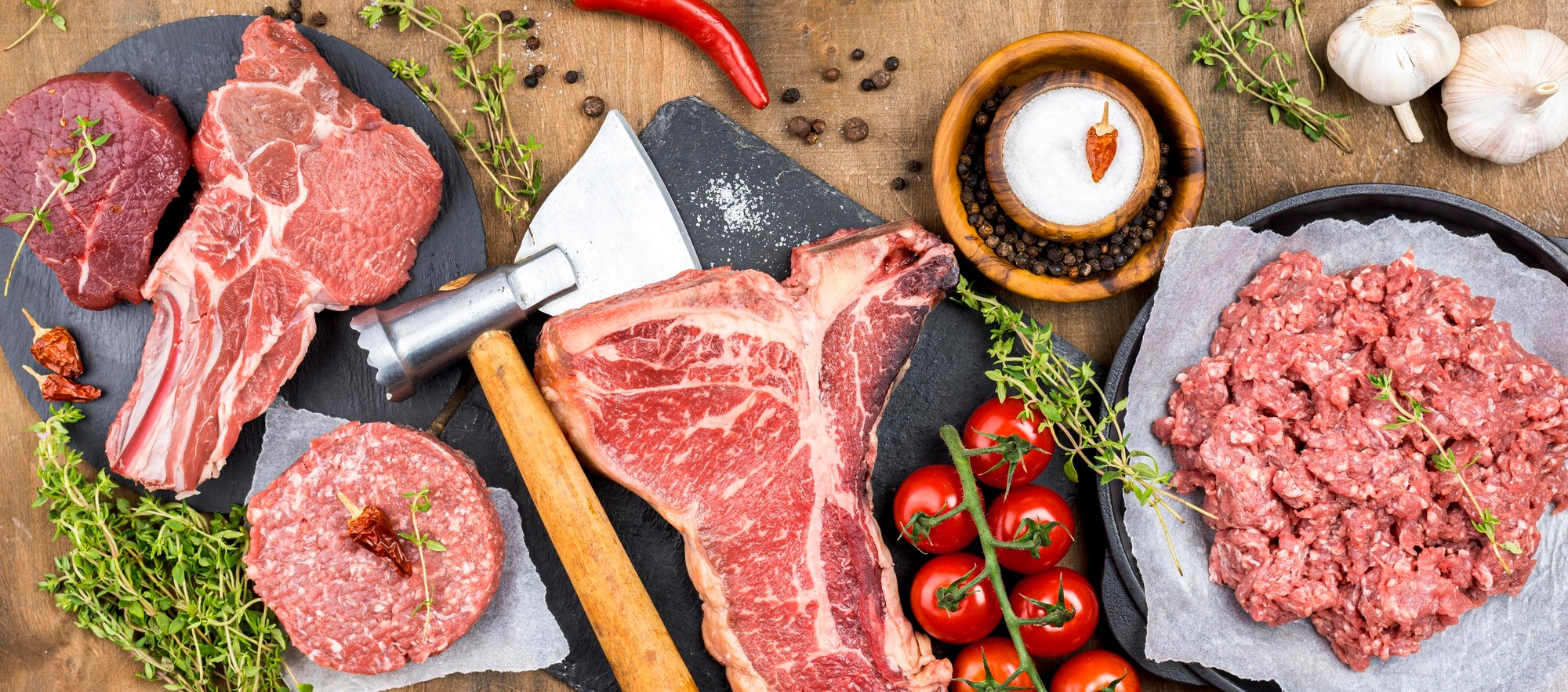South Africans are specific about their meat, especially for braai days. With quality meat and social interactions going hand in hand for many of us, independent butcheries are constantly fighting to stay top-of-mind for their customers. This fight becomes even trickier once you consider the many supermarkets with butchery sections in them. So, to help your independent butchery, we’ve identified some tips and tools to give your bottom line a boost.
Analysing your competitors
Knowing “the lay of the land” is a great way to start. The easiest way to begin your competitor analysis is with a Google search. Start with the butcheries in your area and look at their websites, social media pages and even their ratings on review platforms like Hellopeter. Understand and compare the differences between your butchery and your competitors. What is their product offering? What are the differences between pricing, and marketing?
If you’re looking to be thorough, you (or a trusted employee, or friend) should visit competing butcheries. Pay attention to the layout of the different stores and the quality of their meat. Do your competitors run popular specials or do they have products they offer on special request? What is their foot traffic compared to yours? You can go a step further and even purchase some meat and compare the tastes and textures of their products to yours. All this research should help inspire you with more ways to better your offering and your service.
Differentiate your butchery
Once you’ve done thorough research, you can then work out how you’ll differentiate your butchery from your competitors. You can begin by ensuring that you stock high-quality meats because many consumers question the quality of the food they consume. Also, look into stocking organic grass-fed meats or even vegan alternatives where possible, this can be turned into a marketing opportunity for you. By marketing that you have organic meats and vegan options, your butchery can show that your take environmental and sustainable meat production seriously.
Further marketing opportunities lie on your website and social media pages. Many people start their research online, so you want to make sure that your butchery is one of the names that pop up. While you don’t need to be on all social media platforms, make sure you can be found on Facebook and Instagram because those have a focus on strong imagery. You can create different content like photos and videos of everyday aspects of what goes on in your business. You can conduct quick, catchy surveys of new meats you’ve brought in. Have polls or one-question surveys online that your followers can participate in.
If your butchery often hands out flyers and pamphlets, you can add fun facts about your business to add a personable touch to your sales material.
Financing for your butchery’s growth
Some of the most profit-boosting endeavours can come with a heavy price tag. Perhaps your refrigeration or meat cutting equipment needs upgrading. Maybe you’re looking to have your staff become qualified Meat Processing Technicians. You may even be looking to refurbish your store for an updated look and feel. Although these can come with a heavier price tag, they can go a long way to boosting your bottom line.
The bottom line
Growing a business rarely comes easily, even for the most optimistic of entrepreneurs. Fortunately, you can start with small changes that can result in better foot traffic for your butchery and that momentum can help you with the bigger steps. And when your butchery is ready for the growth-enhancing endeavours that come with a bigger price tag, you can contact us at Merchant Capital for your working capital needs.

